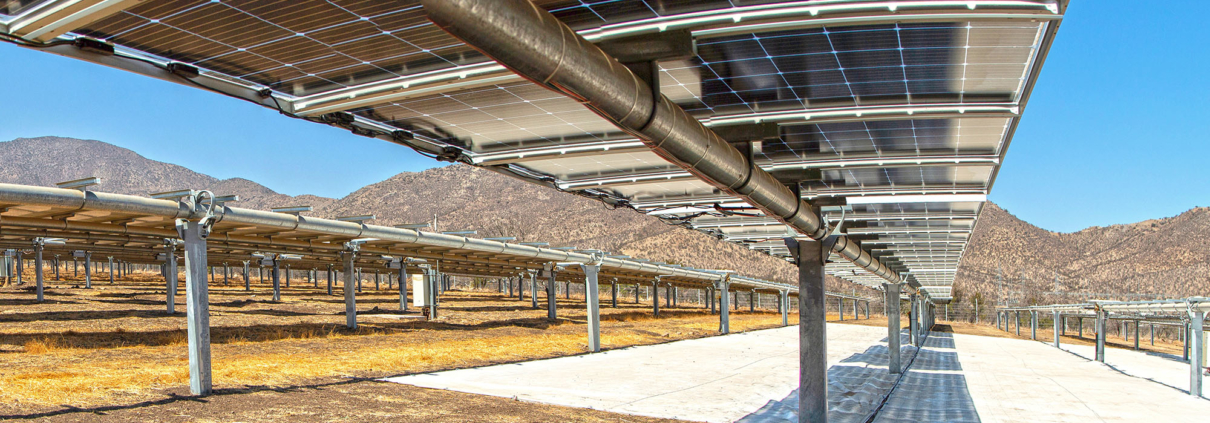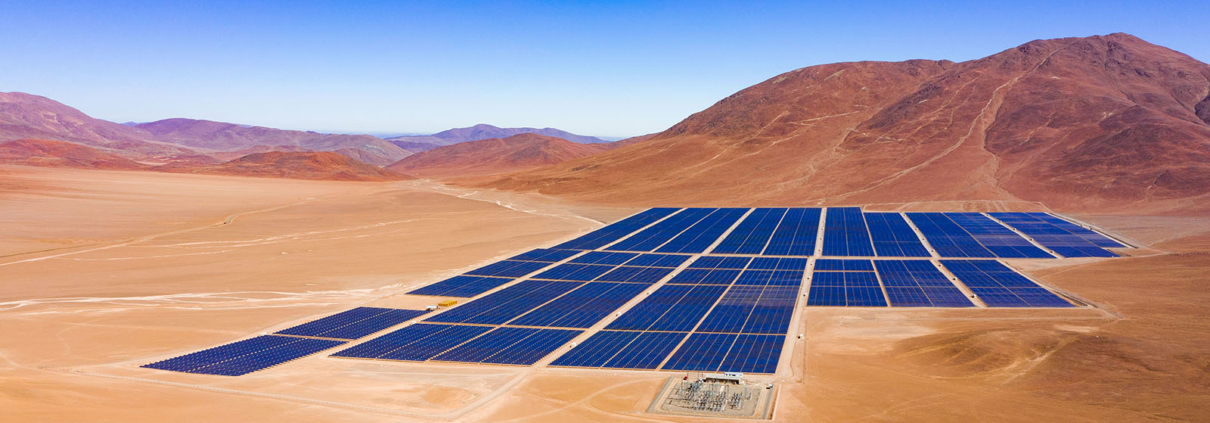The Covid-19 pandemic is pushing the global economy into its first recession since 2009, and Latin America is feeling the strain. As governments bring in emergency measures and corporate leaders enact cost-cutting strategies, a return to normality is still some way off. However, the road to recovery could be paved by the opportunities presented by renewable energy, opening the way for a sustainable, more equitable future.
As the coronavirus outbreak continues to roil world markets, a fall in global economic activity is hurting Latin America’s goods and services exports, disrupting supply chains, and tightening financial conditions. In the markets we work in, companies are racing to cut costs, while governments are moving to mitigate the health, societal and economic impacts of the virus, with containment measures, emergency liquidity programs, and fiscal stimulus packages.
These short-term measures have served to address the immediate issues thrown up by the pandemic, but for sustainable, long-term resilience, we believe a solid energy strategy is going to be central to future plans – and renewables will provide the answer.
Company cost-cutting measures
In the Latin American markets where we operate, we’re seeing business leaders taking stock of their costs and trying to make accurate assessments about future revenue and draw up effective business plans. Research by global consulting firm Mercer backs this up: they found that almost two-thirds of Latin American companies are concerned about the economic impact of the crisis on their business, with 54% cutting immediate personnel and labor outlay.
These are quick fixes, but the indicators show that Covid-19 is going to need a long-term view. Latin American GDP is predicted to contract by around 5% this year, and domestic demand looks set to fall sharply as social distancing policies to curb the spread of the virus impact spending.
Depending on the industrial sector, energy accounts for anything from the first to the fourth largest operating cost, and we’re starting to see companies influence their cost structure by making choices about energy sourcing and consumption.
Corporate power purchase agreements (PPAs) for renewable energy, whereby businesses purchase electricity directly from independent generators instead of from a utility, have risen in popularity in recent years, with 2019 seeing a threefold increase in deals in Latin America.
Structured as a contract between a corporate off-taker and a power producer, they serve as an agreement to buy electricity at a fixed price over an agreed period. For corporate buyers, this means visibility and certainty of future electricity costs as well as a hedge against energy price volatility –a key to thriving in the post-Covid-19 world.
Our team was the first to implement a solar private PPA in Chile some eight years ago, and we’ve since replicated this success in Brazil and Mexico. We’re seeing an increasing number of inquiries from companies across industries as they look to find an energy strategy that supports their balance sheet in these straitened times, and we believe this trend will only continue.
Governments look to renewables for a win
As in the rest of the world, people around Latin America have looked to their governments to provide solutions to the coronavirus crisis. Those perceived to have acted quickly have seen a groundswell of public support, but more far-reaching measures will be needed to set the economy in good stead for the coming months and years.
As governments now move from immediate firefighting to a longer-term view, a renewables-based energy transition can support a resilient and equitable recovery to the crisis that leaves nobody behind. We’ve seen this ourselves in our projects that bring clean, cheaper energy alternatives across the region. We’re not the only ones to believe in the power of renewables: In its Global Renewables Outlook, published in April this year, the International Renewable Energy Agency (IRENA) says that making the energy transition an integral part of the wider recovery will result in global GDP gains of almost US$100tn between now and 2050.
In this regard, Latin American countries are already ahead of the curve. They have set a collective target of 70% renewable energy use by 2030, more than double the European Union’s target, while 81% of the region’s nationally determined contributions (NDCs) to the Paris Agreement on climate change have quantified renewable power targets – versus 67% globally.
Rather than compounding the tragedy of Covid-19 by allowing it to hinder clean energy transitions, we believe Latin America’s governments have an unprecedented opportunity to help accelerate them by using the current situation to step up their climate ambitions and launch sustainable stimulus packages focused on clean energy.
With costs far below those of traditional power plants, many renewable technologies can be ramped up relatively quickly, helping to revive industries and create as many as 3.2 million[1] new jobs in the region, offsetting – at least partially – the social and economic impacts of the coronavirus outbreak.
As oil falls, renewables are a safe haven for energy investors
Covid-19 isn’t the only shock disrupting Latin America’s economies. The current collapse in crude prices to well below the marginal lifting cost per barrel in most oil plays in the region has put exploration and development projects on hold. Oversupply and falling demand have forced increasingly risk-averse investors to leave oil in their droves, with stocks and bonds in producers such as Ecopetrol, Petrobras, and Pemex falling significantly.
This heightened unpredictability of returns on hydrocarbon investments has further bolstered the business case for clean energy, which has been strengthening in recent years. Until very recently, fossil fuels still held a competitive advantage over renewable electricity generation. That is no longer the case. In fact, Latin America’s unsubsidized renewable energy is now often the most affordable power source for numerous locations and markets. We expect to see growing numbers of investors looking at solar and wind energy as a reliable, affordable, and scalable alternative, pumping funds into new projects which will support the region’s clean energy transition.
A glimpse of the future
Renewable energy’s ability to support the post-Covid recovery isn’t just about economics. It’s about improving health conditions and quality of life in Latin America’s cities.
In recent months, we’ve seen what could be possible in a cleaner energy system. Research by Carbon Brief shows that the coronavirus crisis could trigger the largest ever annual fall in CO2 emissions this year. As the world’s most urbanized region, with 80% of its population living in cities, Latin America has borne witness to this already. Santiago de Chile, one of the region’s most air-polluted metropolises, has seen a 30% decline in smog, while citizens from Bogota to Belo Horizonte have filled social media with incredulous photos of clear skies.
We believe this new awareness of what the future could hold if the right energy choices are made will lead to growing pressure on governments and corporations alike from the region’s young, politically active population to curb the most critical instances of urban air pollution.
The pandemic will usher in long-lasting changes, and companies, governments, and investors have a once-in-a-lifetime opportunity to play a leading role in the new post-coronavirus reality. Those that are able to bake in sustainable consumption, production, and progress towards carbon reduction targets to their business strategy will be at the crest of the wave, and, in our opinion, renewable energy’s cost savings, environmental benefits, and job creation opportunities will set it in good stead to become the backbone of growth as the region charts a path to recovery.
Sources Compilation
- https://www.irena.org/publications/2020/Apr/Global-Renewables-Outlook-2020
- https://www.latinamericahydrocongress.com/en/news-en/latin-america-sets-a-collective-renewable-target-of-70-by-2030-more-than-double-the-eu
[1] Source: pp 145 IRENA Global Renewables Outlook 2020








